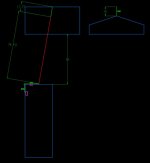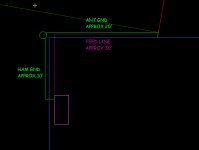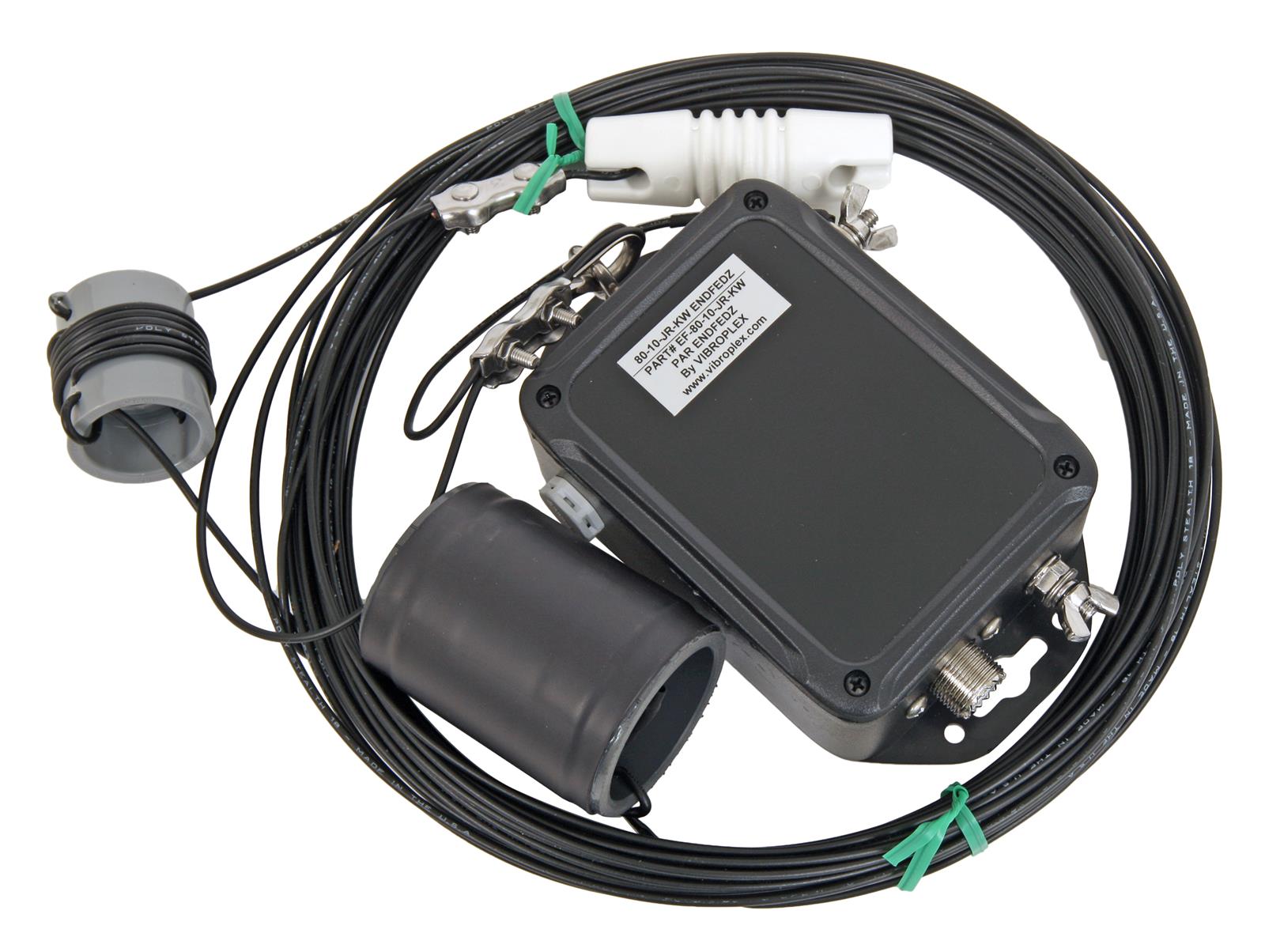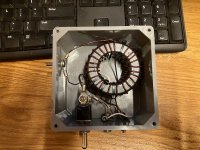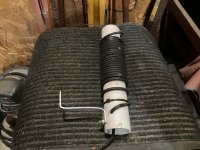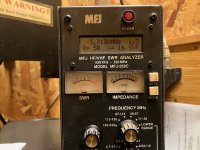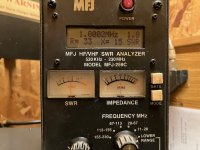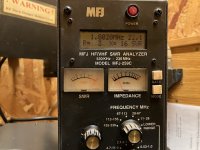Why would you want to use a balun on a random length wire? A balun goes from BALanced load (dipole) to UNbalanced feeder (coax). An EFHW or random length wire is an unbalanced load working against earth ground, fed by an unbalanced feeder. That's why it already has an unun (UNbalanced to UNbalanced), which is another name for the impedance matching transformer.
With the particular antenna in question, which is using the coax shield for a counterpoise, an RF choke would be a good idea before the coax comes thru the shack wall. But you don't need a choke with a ferrite core. An air-core choke consisting of several turns of coax on a former (like a piece of PVC pipe) is all it takes.
You are right, you don't need a choke with a ferrite core. Unless you actually want it to work.
A ferrite 1:1 choke is a broad band device that reduces common mode currents on the coax shield and it will ABSORB RF and turn it into heat over a very wide frequency range. The more basic types of ferrite chokes can be a string of high permeability beads over the coax shield and with the right mix and minimum amount of beads you can achieve up to about 20dB (100:1 reduction) of common mode reduction which also equates to 20dB of isolation on either side of the choke.
Different designs of ferrite based chokes can achieve up to 30dB (1,000:1 reduction) of isolation using a single ferrite toroid and over 40dB (10,000:1) using multiple wound cores and different ferrite mixes to target different frequency ranges. With 30dB+ you have effectively isolated the antenna system from the radio forcing unbalanced coax to be balanced on the antenna side, stripping off nearly all common mode RF currents that can create problems on transmit in the shack and finally reducing RFI induced onto the coax at the shack end from reaching the antenna making for a lower noise floor.
Now to the ugly balun, which is just some coax wound up into a coil somewhere in the feedline. At one specific frequency where it creates a high impedance to RF it will reduce the flow of RF currents on the coax shield. It does this by REFLECTING RF currents back to the source where it can reflect back up the coax to the antenna in an endless cycle. The frequency where the choke is effective has to be calculated and tested as there are many things that can affect its resonant frequency just like placing a tuned antenna in various places since the environment will skew the resonant frequency of a simple air would coil. Did I mention an air wound coil of coax is only effective at one frequency and it degrades rapidly away from that frequency?
Most people who make an ugly balun don't calculate anything or test how effective it is, they just wind up some coax and assume its doing something, which its not in most cases. And even if they happened across the magic number of windings and size its still only effective at one basic frequency and that's pretty useless over the entire HF range where most ugly baluns are put into service. If done properly for a single narrow frequency range like CB, an ugly balun can reduce RF currents and sort of isolate the antenna system from the radio end, but I've never met anyone who has properly designed an ugly balun for CB.
That's why I recommend a good ferrite based 1:1 choke balun, it is a balun by virtue of high isolation and as an example can transform unbalanced coax to a balanced antenna like a 1/2 wave dipole if it has sufficient isolation and its placed right at the antenna feedpoint. Or in the case of an EFHW (which doesn't need a counterpoise within its resonant ranges) it will reduce the resulting common mode currents on the feedline when operated outside its native resonant ranges and also potentially reduce the receive noise floor if any RFI has been induced onto the feedline at the radio end.
An EFHW using a 64:1 or 49:1 transformer does not need a ground connection or counterpoise to operate, its self contained and stray capacitance within the transformer is enough to simulate a minimal counterpoise. Within its resonant ranges you can place a 40dB isolation choke right at the transformer, test then take it away and there will be no difference in performance or usually VSWR.
So after reading this is anyone in a hurry to wind up an ugly balun out of coax? Anyone reaching for a catalog to price a new ferrite choke balun? Ferrite chokes are not all created the same and some models from MyAntennas like the CMC-130-3K or the Palomar Maxi-Choker or the RF Inquiry CF250E or CF5KV are outstanding broad band high isolation chokes using multiple individual chokes inside a single housing. But they cost a lot of $$. They will fix problems that a simple string of beads over coax cannot or an ugly balun never will.
